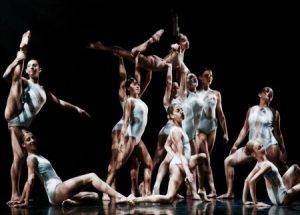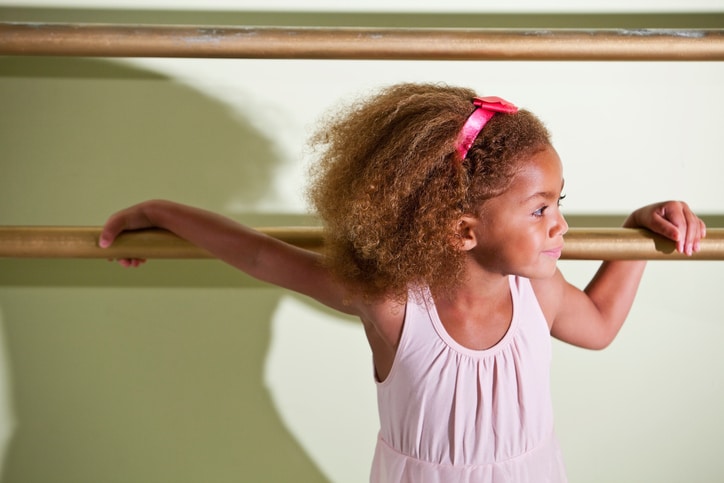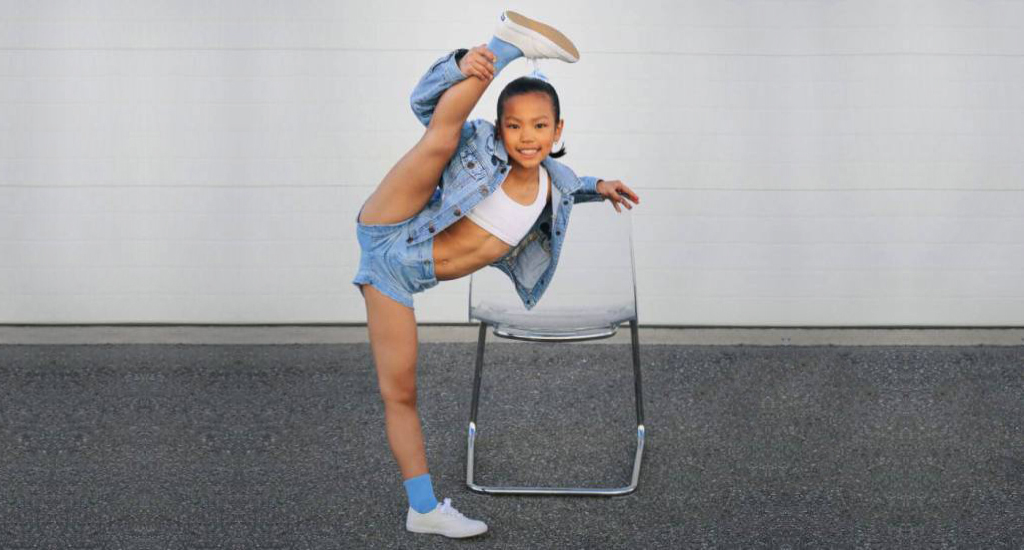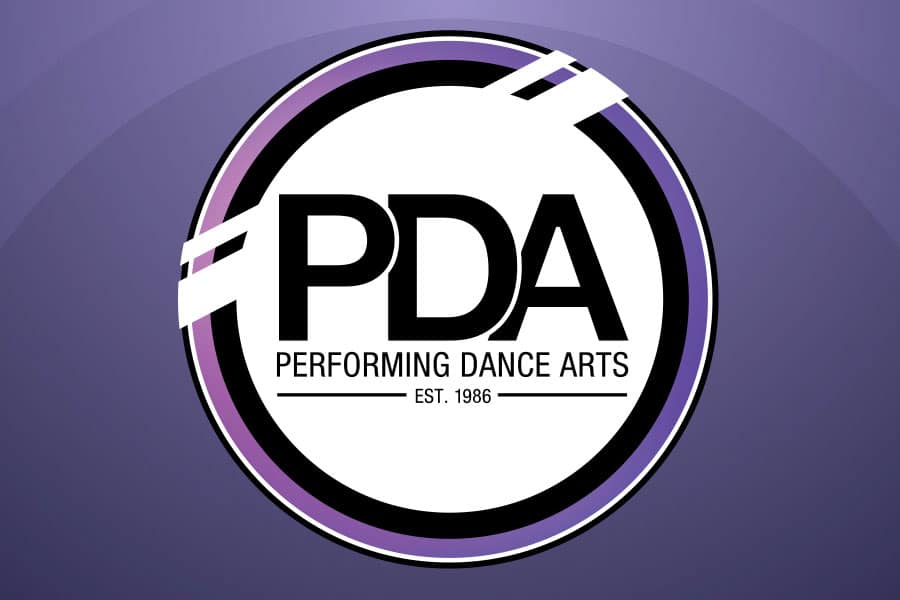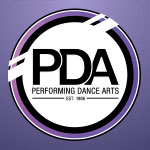A question that is often asked when parents are visiting our dance studios for kids is “What is the difference between dance and gymnastics?” Although both share similar skill sets, each is different in how the student trains, performs, and how the overall exercise looks. Here’s what you need to know about the difference between gymnastics and dance, and which one is best or your child.
Dance vs. Gymnastics
Gymnastics is different from dance in several ways. Students train on a spring or padded floor that is designed for protection and rebound during tumbles. There are certain apparatuses that are used for particular movements, such as bars, beams, and trampolines. These platforms help students learn strength, balance, and flexibility as they push their bodies to their limits.
As for dance, it is designed to train students on different movements and routines. Students work in a dance studio with a sprung floor with shock absorption beneath a hard surface like wood. In dance, there are generally no apparatuses—the dancers can build platforms using their bodies to create layers within a performance.
Many consider gymnastics a sport and dance an art form. The uniforms used are different—ballet dancers usually wear leotards, special dance shoes, and have their hair tied back to prevent it from getting in the way during dances. Gymnasts also wear tight clothing to prevent anything from snagging on gym equipment, and girls tend to tie their hair in a ponytail or braids to keep it out of their eyes.
Gymnasts develop a lot more upper body and core strength, as they need their arms to be as strong as their legs to do flips, lifts, and other balancing feats. Dancers focus more on their legs for strength and balance, while their arms work as an accessory for dance routines.
When Can Kids Start Dancing or Gymnastics?
With the help of our patient teachers, your child can begin dance classes when they are just two or three years old. Many of our dance moves incorporate moves from gymnastics, as we understand the value in both activities. Although toddlers may not be able to do proper moves such as somersaults or headstands, they will enjoy trying! The soft mats and floors in our studio are designed to cushion their tumbles from trying new moves, and we set up obstacle courses and activities that are appropriate for their age. Gymnastics and dance lessons for kids are a great way to build a foundation of strength, flexibility, social skills, and much more, and by their third birthday they will be able to learn more complicated moves! Kids learn quickly, and the earlier you start dancing or gymnastics, the faster they will develop the skills they need to become experts in the future.
Which Is Harder—Dance or Gymnastics?
Both dance and gymnastics require practice and good listening skills—one is not more challenging than the other. However, dance can be easier for little children because the music is something they can move to and get a sense of. The music encourages movement and creativity as they connect the dance moves they learn with the sounds they hear. As for gymnastics, there is more of a focus on individual positions and actions, rather than learning steps to a routine. Depending on your child’s skills and interests, one may be more enjoyable and easier to learn, than the other. It is a good idea to try a few sessions of each before deciding which class is best and the most fun for your child.
Choosing between Gymnastics and Dance
- Consult the Trainers: It’s always a good idea to ask the experts before making any decision—especially when it involves your child. You can get a better idea for what classes are like if you speak to gymnastics and dance trainers. Ask if you can sit in for one of their classes to see how things are done and to observe the reactions of students.
- Research with Your Child: Including your child in the decision-making process is a great way to help them develop confidence and problem-solving skills. Watch a movie about a gymnast and a dancer, go online and look at YouTube videos on different dance moves or tumbles, talk to your child about time commitments and work within their after-school schedule—all of these things are important to consider before signing up for dance or gymnastics classes. Learning more about how the activity will impact their life in the long run can help narrow down which of the two is the better choice.
- Let Them Decide: Although you may think one activity is better than the other, your child must be interested and passionate for them to stay motivated and committed. It’s important to let your child test both activities, then sit them down and talk about the pros and cons of each. Guide them in making the best decision about which activity they want to pursue and express your opinions and reasons without being overbearing. Too much stress and pressure can be frustrating for children, especially when they are trying to make a decision.
Sign Up for Dance Classes at Performing Dance Arts Studio
If you’ve been thinking about signing up your child for dance lessons in Toronto, choose Performing Dance Arts. Our experienced and talented teachers will help your child see the benefit of ballet classes and help guide them as they learn important techniques. Our professional studios are fully equipped to train students of all experience levels. To learn more about our dance programs and styles, and to sign up your child for classes, contact us or visit us at one of our locations.
